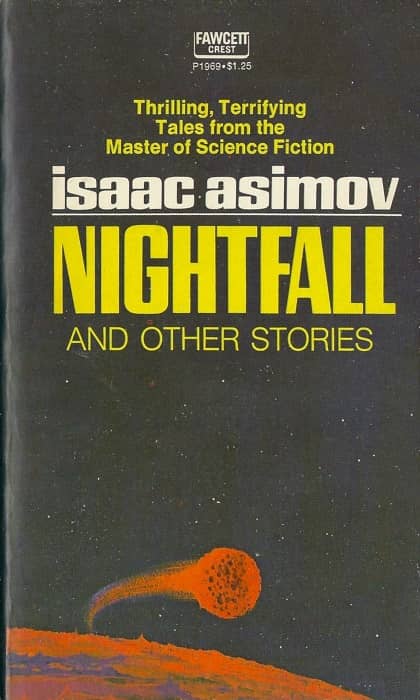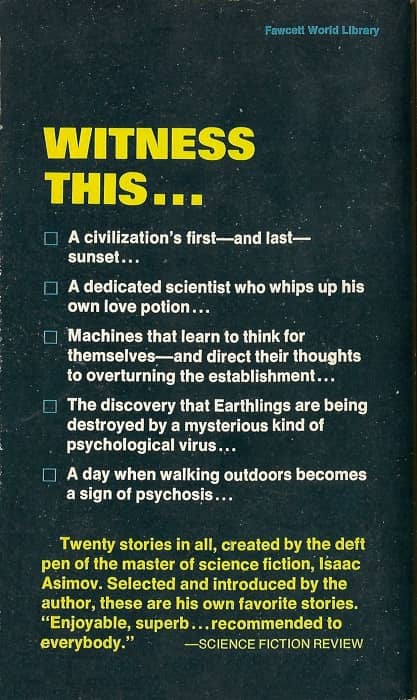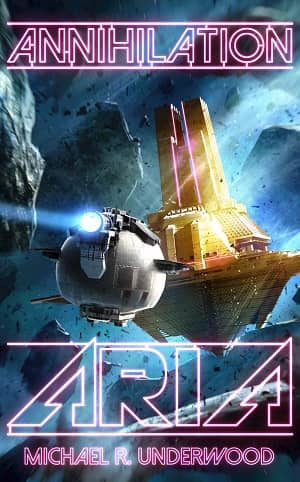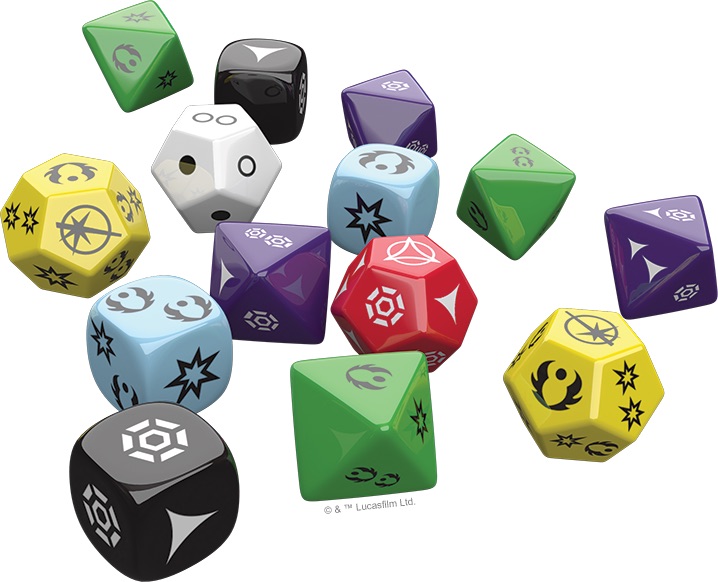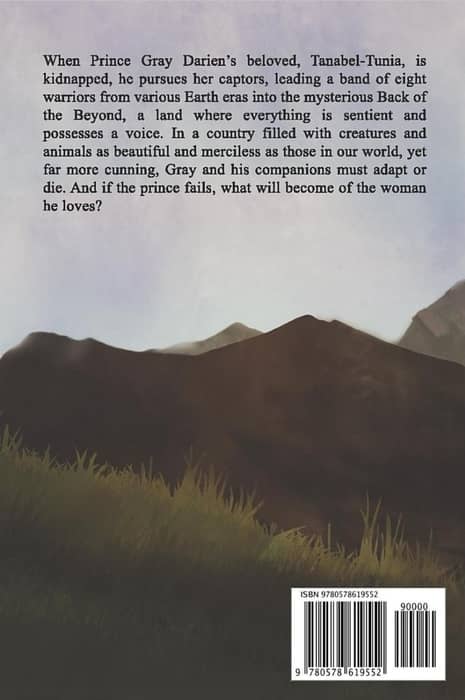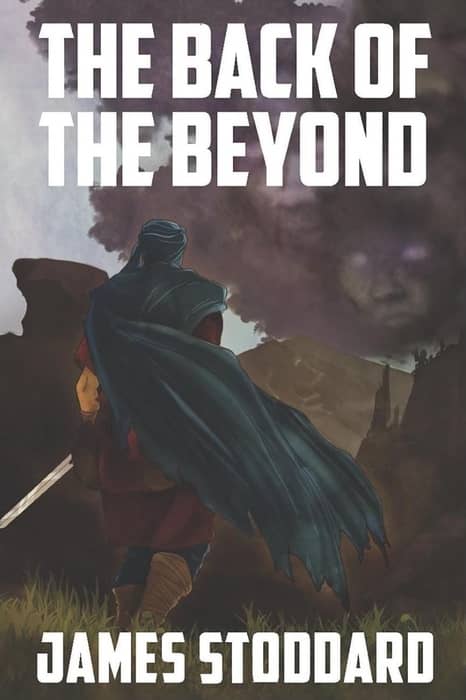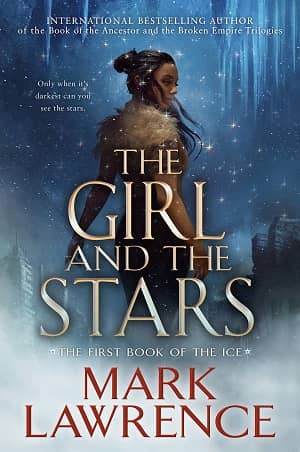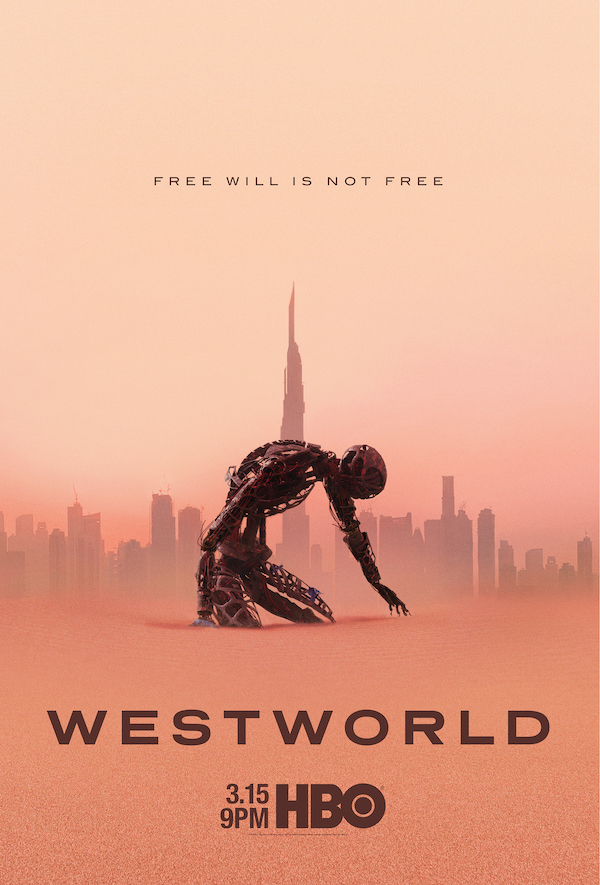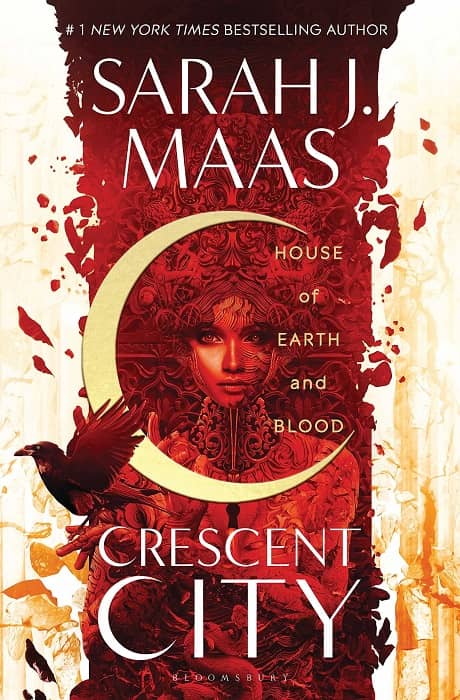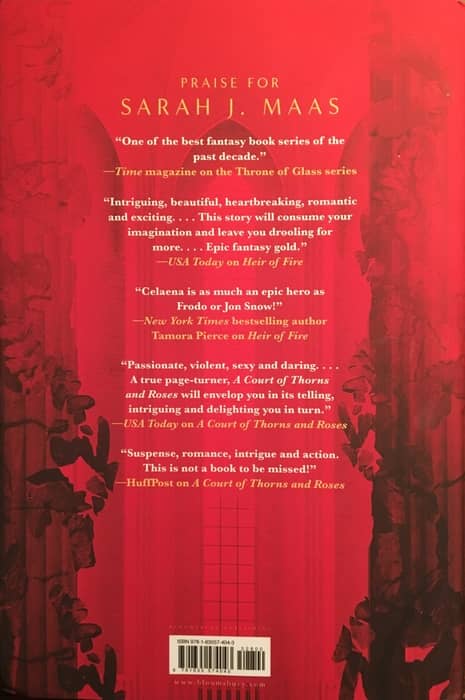Stories That Work: “Beyond the Tattered Veil of Stars” by Mercurio D. Rivera, and “The Million-Mile Sniper” by SL Huang
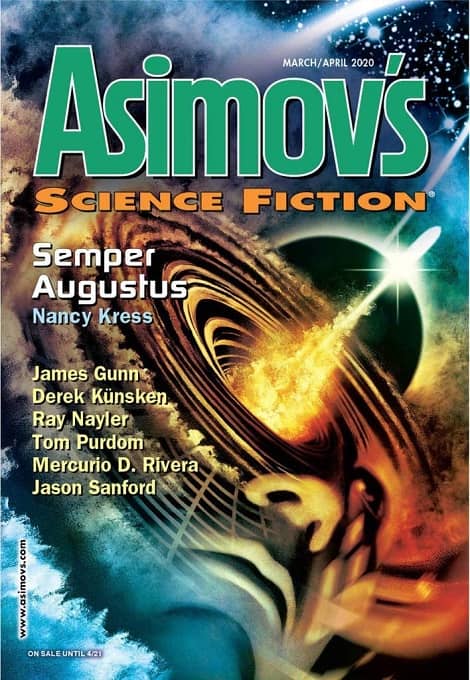 |
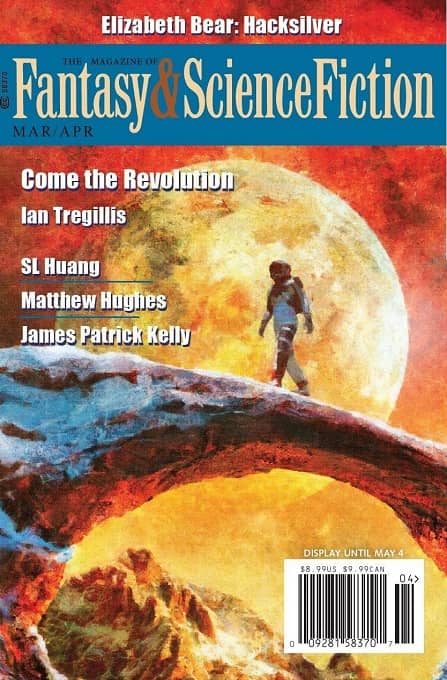 |
The March/April 2020 issues of Asimov’s Science Fiction and The Magazine of Fantasy and Science Fiction
Covers by John Picacio and Mondolithic Studios
I’ve always liked big-idea fiction. That’s the stuff whose premise is so mind-boggling that even if I forget the characters and plot, I keep thinking about the story’s implications.
H.P. Lovecraft struck me that way. I started reading him in my 20s, and once I got past the prose (I used to think of him as Edgar Allen Poe on steroids and methamphetamines), the big ideas behind his stories weaseled their way into my head. Imagine the universe we know as a thin veneer over a cauldron of omnipotent indifference. Brrr! Lovecraft’s creation encouraged me to picture every cave as endless, and every unfathomable shadow at night to be a part of the pupil of a great old one’s eye, staring.
Other writers did a similar trick. Edgar Rice Burroughs gave me ancient civilizations of strange creatures on Mars (and the ability of get there if my desire was as strong as John Carter’s); Larry Niven built a ring structure around a planet so vast that it contained three million times the area of Earth; Alfred Bester imagined personal-teleportation so powerful that “the stars, my destination” was practical, not aspirational; and Douglas Adams relegated Earth to a role so small that it is destroyed to make way for a hyper-spatial express route.
See? Big ideas.
